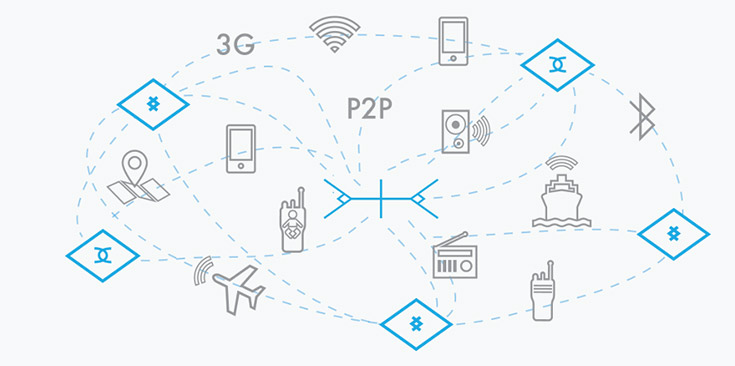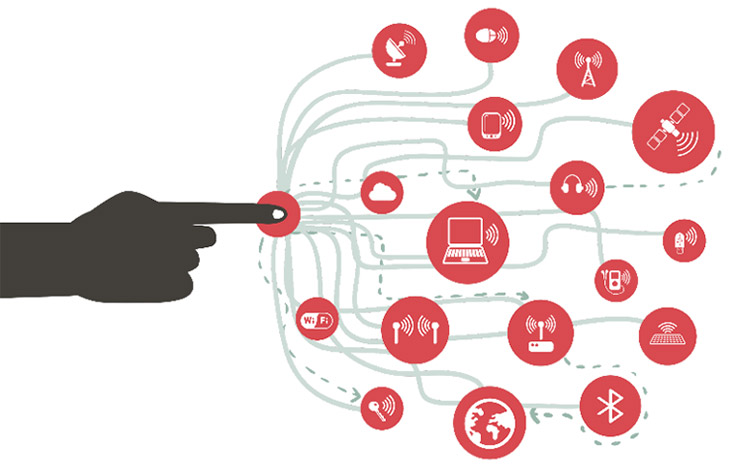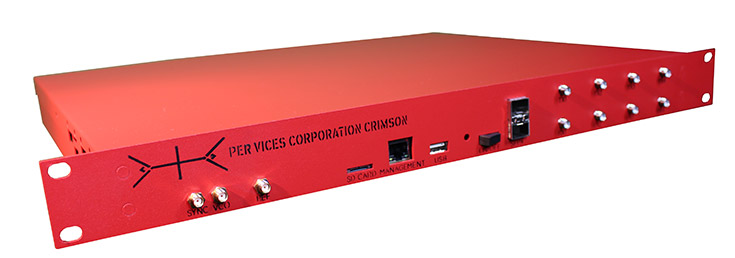Exploring the role of software-defined radio in a crisis
Software-defined radio (SDR) has evolved considerably in the last 30 years to play a significant role in wireless communication. Once considered to be expensive, it’s now a cost-effective and commercially viable digital communications device for use across a vast part of the spectrum. Furthermore, it also plays a vital role in crisis response and public safety.

The applications of software-defined radio
SDR technology revolutionised public safety as it brought significant flexibility and interoperability for radio devices. Before SDR, basic functions like encoding/decoding and modulation/demodulation were all dependent on hardware. The present incarnation of the device functions more like a computer, where the software being installed into a radio system offers adaptability while completely (re)configuring the functions (both protocols and firmware layers) of the radio, without making any changes to the hardware. This makes tasks like migration, changes in frequencies, and modulation schemes a breeze.
Software-Defined Radio is a wireless communication device where the transmitter and receiver functionality is changed/modified by software alone. This enables the user to make changes to the functions without making any physical changes to the hardware. The main aim is to completely (re)configure the functions of the radio with software as opposed to hardware; similar to the functionality of a computer. SDR devices are both small and light and offer a single platform, negating the need for multiple platforms and multiple radio devices.

Future applications of SDR technology
SDR technology has taken a road that is very similar to the path taken by computers. In the beginning, both computers and radio devices were built for a dedicated purpose and were not customisable. For example, in the radio market there are separate chipsets (hardware) for each part of the spectrum or application (eg, WiFi, GSM, CDMA, Bluetooth, GPS, etc), while computers have moved to a flexible state where they allow multiple software applications for different functions (for example, text editor, e-mail, games, etc). With
SDR, a user can tune into a number of different frequencies and decode the information. For example with Per Vices' Crimson Software Defined Radio Transceiver, a user can send and receive wireless information anywhere from DC to 6 GHz.
Together with geospatial technologies, SDR have the potential to revolutionise how we co-ordinate and manage emergency situations. The ire need for such technology was evidenced in disasters like the BP oil spill in the Gulf of Mexico and the response to Hurricane Katrina. Both disasters displayed incompetent planning and response where there was a huge gap in education, communication, collaboration, and risk analysis.
As a result, it is increasingly obvious that public safety mechanisms require an effective and adaptive system to anticipate the resources and information needed during emergencies. The incorporation of SDR technologies with technology that is already available enables public safety services and personnel to communicate reliably and effectively.
Further, building structures for ad-hoc situation-based response significantly depends on remotely sensed data capture and communication which SDR offers. As SDR is highly interoperable, it is able to bridge the communications gap between the various wireless devices involved transparently. This enhances the communication of crucial information and the co-ordination of rescue efforts.

With Per Vices' Crimson Software Defined Radio Transceiver, a user can send and receive wireless information anywhere from DC to 6 GHz
Software-defined radios are equipped with an application agnostic platform that provides powerful communication, geolocation, and public safety capabilities. This enables public safety personnel to use highly advanced geolocation functionality to locate transmission sources passively. For example, a firefighter can access the geolocation of the emergency, get imagery data on the location, and approach the crisis situation armed with crucial data.
For these reasons, some see SDR is a solution for the crisis response and management segment as it is a dynamically scalable network system that is interoperable and highly adaptable using existing mobile and web technology in conjunction with wireless grids.
Further, SDR technology is also a cost-effective solution as the hardware does not have to be replaced when making the necessary modifications to meet the needs of emergency services.